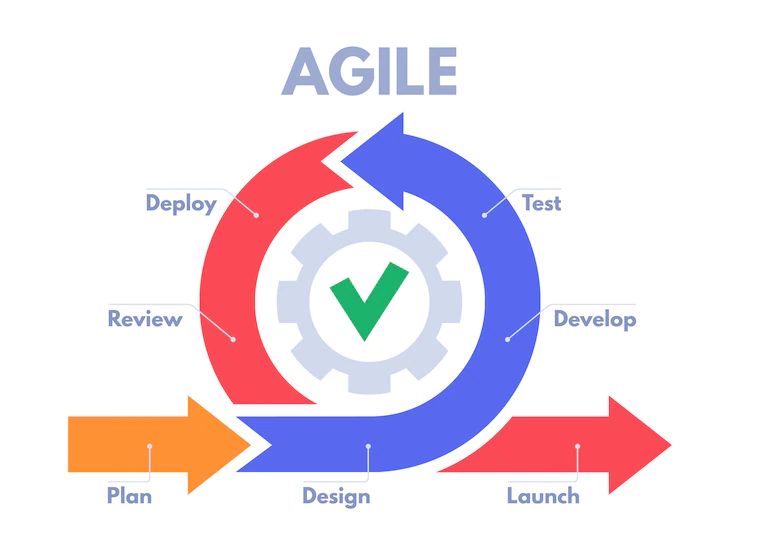Over the years, Agile witnessed quick growth in its adoption as a software development methodology. Its predecessor – The waterfall model which depended on strictly proceeding from one step to another, fell short for complex and on-going software cycles with the ever-increasing demand for feature inclusion to keep up with the market’s demands.
The market has also shown its interest and adaptation of localized content, and the growing stats are proof of it. It is no secret anymore; localization is a need for today and tomorrow.
In this article, we address all the questions on localization with a perspective on how it fits in the software project lifecycle. We clarify the doubts on the efficiency of agile localization that you might have as an entrepreneur, product manager, marketer, developer, or any decision-maker in the process of getting software from the idea stage to GTM strategy.
Without further ado, let us investigate:
Table of Contents
ToggleHow localization fits in the Agile scrum framework
Localization and translation largely rely on the text/strings of your software product which are available as – UI text, form fields, documentation, notices, release notes, and other forms of content in various formats. These string files are referred to as resource files and typically come associated with a particular functionality and context.
Since Agile is highly modular in nature, there are two ways in which localization fits in your sprint cycle:
- Code freeze: This stage freezes functionality and the associated content, the finalized content which does not need to undergo changes can be extracted into separate files and processed. This process identifies content locales and ensures that even if there are functionality changes in the next sprint cycle, the associated text which may need translation changes are easily identified and marked to pass on to translation teams.
- Independent content: Any software product is more than the content of its UI elements and form fields. Resource files like approved documentation, pre-created video content, terms and conditions, and privacy policies, etc operate independently of product development. Such types of content undergo small changes in the entire software development cycle making them easier to segregate and process parallelly.
As you can see, agile localization can be achieved simultaneously with the development of the software product and fits well in your release timelines. It need not be a separate activity following the Waterfall model.
Check out ActiveLoc’s services for end-to-end localization of your software
Why choose ActiveLoc for Agile localization
The plug and play approach
Modularity is the core strength of Agile and Agile localization leverages this strength. The general understanding that text is omnipresent throughout the software development cycle makes the idea of agile localization difficult to conceive. However, it is still approached as plug and play when the content locales are identified, their context is understood, and then translated to make it easier for your end-customers to understand.
Agile capable dedicated team
We understand what makes an Agile cycle, its mechanics, and the short timelines associated in sprints. Our dedicated teams align themselves to your software development cycle, pro-actively recognize and ask for strings from specific locales and other requirements for localization. We work as an extended team to make the whole process easy for you.
Marketable localized string suggestions
Smaller teams are often comprised solely of technically skilled members who struggle with finding resources to write content from user experience perspective and find people who can translate them. This content not only needs to be accurate but also marketable. This pain point is also handled at ActiveLoc while translating the content.
Optimized process
Let us face it, not everything fits perfectly when priorities can shuffle from product backlogs. Having said that, our team keeps a close watch on your priorities and optimises the process in the go to avoid delays with localization testing, repetitions, and errors.
Quick TAT
Agile depends on sprints, and sprints come with a few days in hands. Since resource files can be segregated and processed in parallel, the localization process fits well within your timelines with possible extra time in hand. However, to stay realistic it is important for the decision makers to decide beforehand on the number of languages the software needs to be localized in.
Conclusion
Localization is indispensable. Whether your product is in an idea state or has already entered the software development cycle, localization is bound to be a feature to determine the target audience, product-market fit, sales target, and more.
With most companies adopting Agile, and with its low failure rate, Agile localization is hence a need that you can no longer put on the back burner. Start its inclusion today!
Check out more about our range of localization
Software Localization
Mobile Localization
Website Localization
